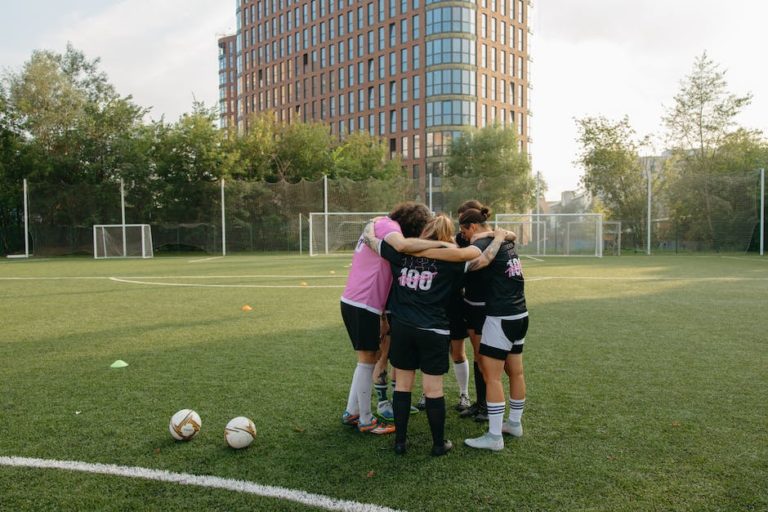How Many Days A Week Should A Soccer Player Train
Soccer is a very popular sport in America these days. A player can make a great salary playing it for an athletic club, league, or just to enjoy.
The average age to start playing is around five years old. After that, they must be trained and signed as an adult by the club or league. This is done at the national, club, or league level.
This article will talk about how many days a week a soccer player should train, and why that number should be higher than what most players are EASILY trained to do. Even the National Team Training Centers have people teaching players at lower numbers than what is recommended.
This article will talk about how many days a week a soccer player should train, and why that number should be higher than what most players are EASILY trained to do. Even the National Team Training Centers have people teaching players at lower numbers than what is recommended.
Four days a week
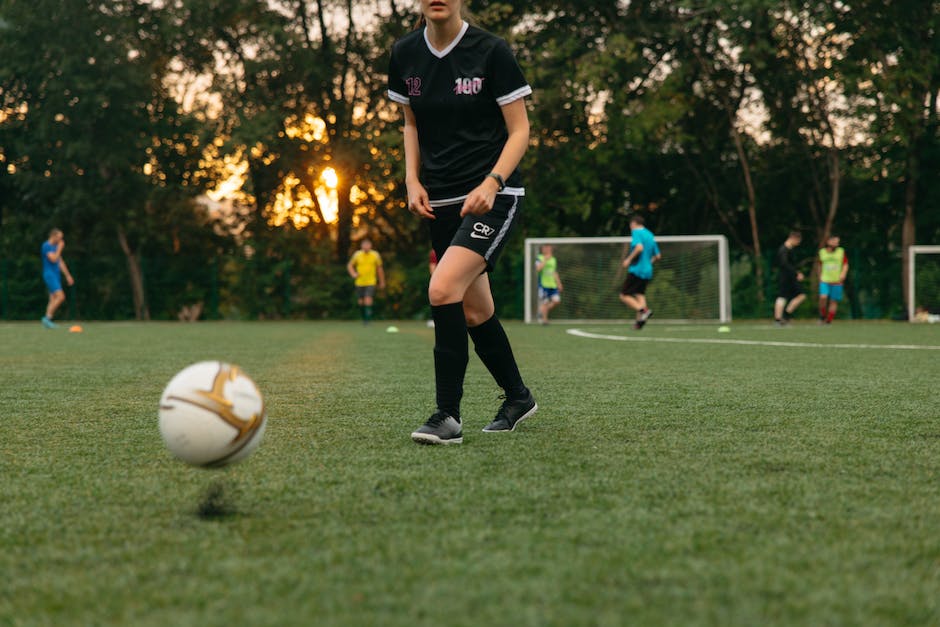
While some players may prefer to work with teammates or train individually, there are also a lot of solo sessions. The average soccer player spends nearly 25 hours a week on training, with around 15 hours on physical training, 10 on mental training, and 5 on specialized training.
This includes the time spent in the field practicing physical skills like dribbling and passing as well as the more mental skills of team coordination and leadership.
The total time spent in practice and games should not be taken out of question. Instead, players should think about what this additional time is for.
Many teams now require their players to practice and play for at least 4 days in a row before they are accepted onto a team. This is done to build consistency and fatigue among the team members so that they can play more often.
This helps develop leadership skills as well as physical fitness because teams have to rely on just one person to coordinate both aspects of play.
Five days a week
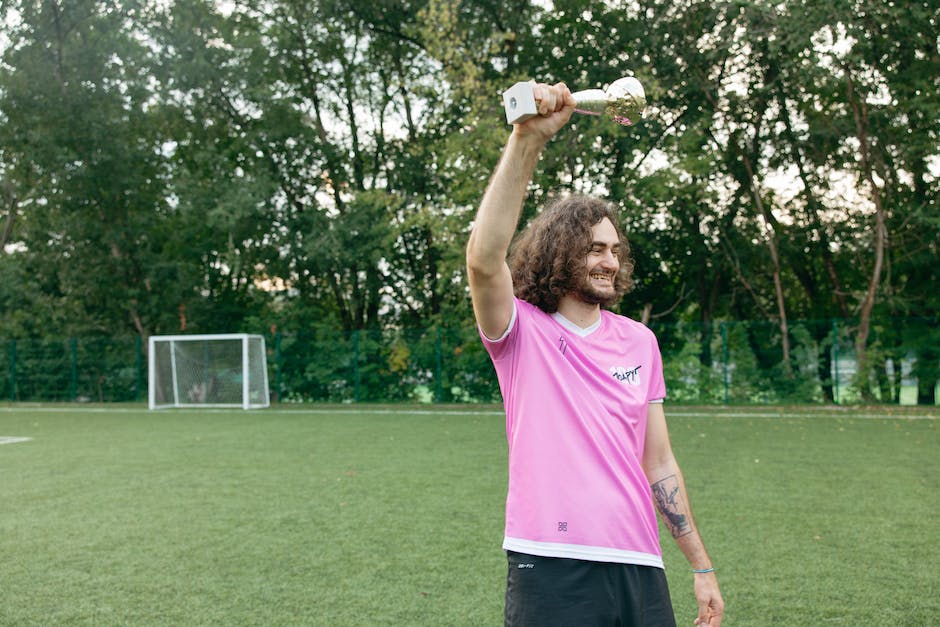
Most players in the world of soccer only train on Friday and Saturday nights, making it look like they don’t care about their bodybuilding routine or developing a well-developed body.
Just like in the gym, training time is valuable. Too much time spent on non-training activities during training can make you look out of shape and make you feel uncomfortable because you are always looking at your phone or computer.
This is why it is important to have a day off every Thursday. You should spend at least a couple of hours getting your bedhead and preparing for the weekend, so should have no problems playing Sunday football or hosting Sunday dinner with your family.
Having a second day of training allows you to get some rest before returning to the gym the next day. You also need to account for any injuries so having another day to recover is important too.
Six days a week
A player should be prepared to train six days a week. This includes Saturday and Sunday practice, both mandatory. His weekly schedule should include a day of recovery, a training day, a competition day, and a night of sleep.
The rest of the days should be spent in practice going all the way through to the last practice of the week. This includes all levels of play, from youth through senior.
In total, he or she should be working for about 72 hours per week on average. This includes time spent resting and learning how to manage stress in soccer training.
Weekend practices are good for building fitness and competitive spirit which is what training is intended for. Competition can help make training more enjoyable which helps maintain motivation and health for the whole team.
What are the benefits?
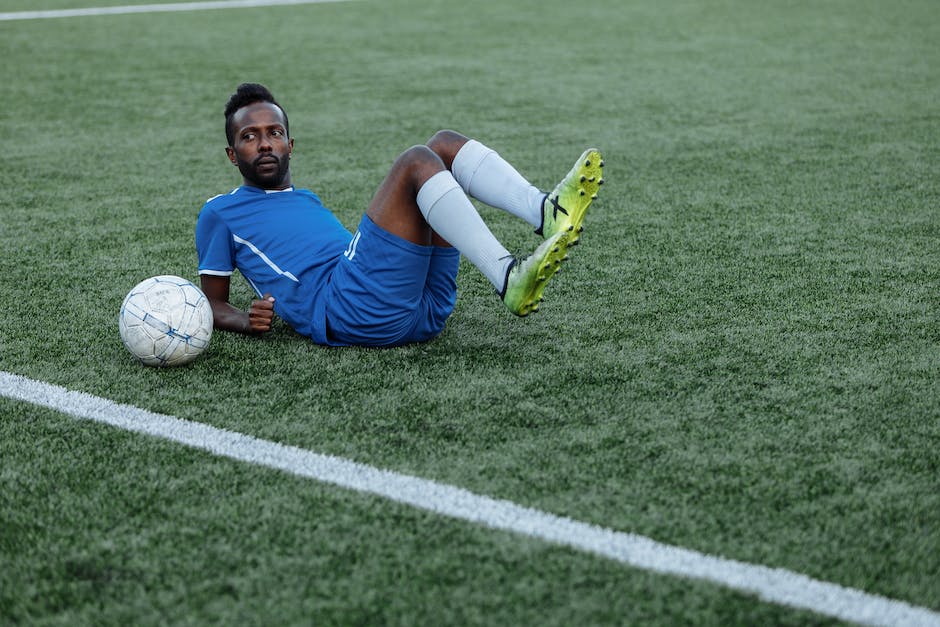
There are several reasons to practice daily. You will learn how to be more efficient in training, how to best prepare yourself for a game, and how to best work on your concentration and energy levels.
train daily. You will learn how to be more efficient in training, how to best prepare yourself for a game, and how to best work on your energy and concentration levels. A soccer player should also be practicing his passing ability. This can include learning where to place the ball in different situations, developing your touch, and improving your accuracy.
Practicing passing ability is very important because it can make or break you in a match. If you do not have enough time to perfect this attribute in training, you may find it difficult to operate in an organized fashion in the game.
Knowing the benefits of training every day is finding the right amount of time for each skill set.
Can hurt your progress

Even though soccer is a short-term sport, it can make you look like you’re not working out at all when you take your training regimen too seriously.
Too many athletes that try to keep a training schedule have no set days of practice or extra practice days. This can be especially helpful for players who need more time to get ready for an opponent or who need a break between sessions or during the game itself.
Practice time is important, but only if you are being consistent with your efforts. If you are taking your training less seriously, then you should be practicing less because your lack of consistency has been affecting your progress.
Boasting about how many hours You Tree practices every day can help make You look like You are serious about Your soccer career, but It also may hurt Your progress in the long run.
Too much training can be bad for you

Most professional players, college players, and amateur players that play professionally have three to four weeks of training per month.
This is a lot of training for some people. For example, one player that trains five days a week in America should log about one to two days a week in Africa or Asia.
He would then have about six weeks of training total on an annual basis. This is not taking into account summer camps or PIRETCs (preseason conditioning sessions).
On an ongoing basis, the player should be spending about four to six hours of practice time per day, but on a weekly basis he might be spending more than that.
This can be dangerous because too much practice can lead to overtraining syndrome or overtraining crisis.
Less training means less stress on your body
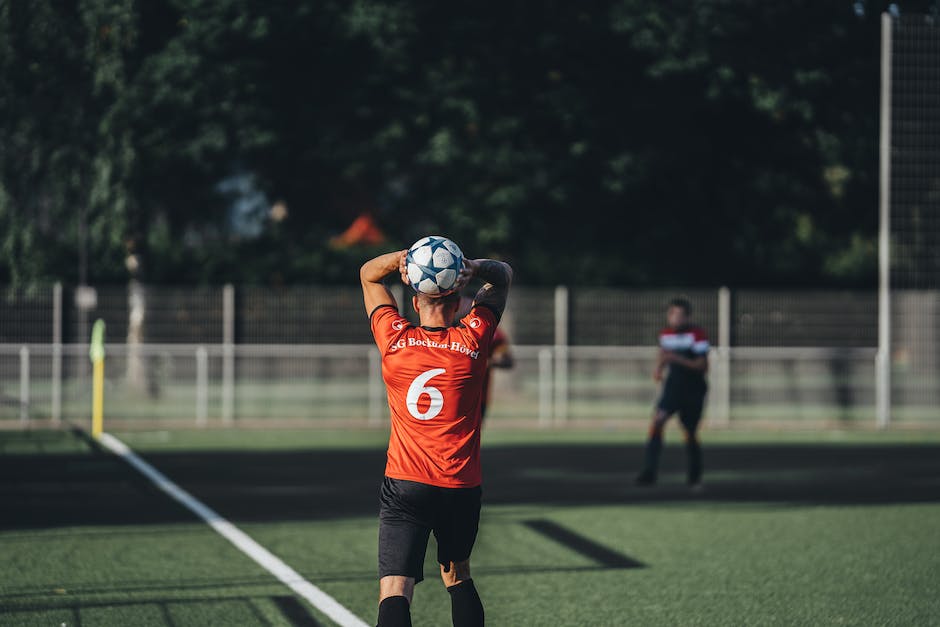
Although there is more training in a soccer player’s schedule, this mean there is more time to take the soccer player’s training seriously.
Players need to be on top of their game at all times. He or she must keep their fitness level and training consistency over the long term to be useful.
Continual training will help your player maintain their fitness level and provide additional extra work for the club. It will also build confidence in them which is lovely for them.
More time spent in practice and less in games means more time for mistakes to be made, which can lead to injuries. More time in practice and fewer games means more time for conditioning sessions and workouts which helps keep a players efficient.
This can have benefits that are clear from day to day, not just in playing but in conditioning and maintenance of health.
Soccer players have unique training needs
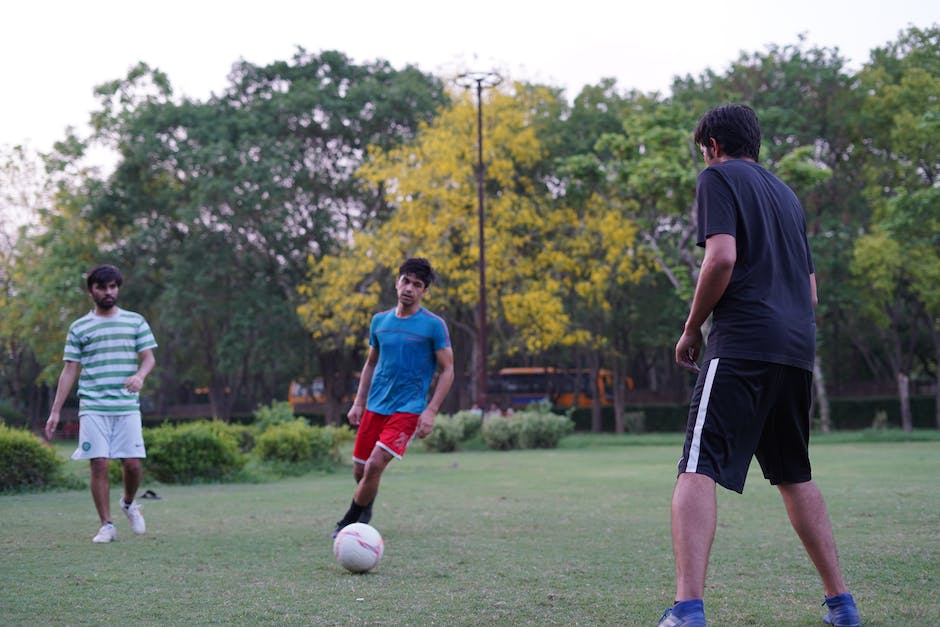
While most people focus their training on specific workouts such as bicep curls, waist-triceps, or deadlift variations, these are not the only workouts a player needs to be prepared for.
For instance, players who play outside of peak fitness may need additional work on the feet and lower body. Or players who prefer higher intensity workouts such as stepups or lunges should be prepared for that as well.
While some players may prefer more maintenance work like swimming or yoga, these can be combined to create a more complete workout. For example, both can be done before practice and during practice so team members can join in before the team turns it up which is what they want to do.
It is important to know how much training you and your player need for each phase of training.





